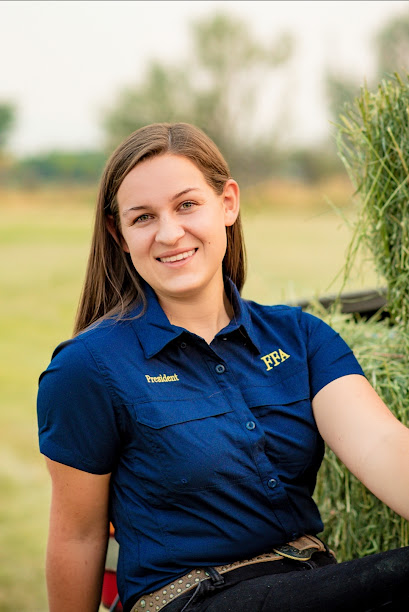Notes From ND
 | Author:
Mikayla Kraft, MT43 News Correspondent
MT43 News School Correspondent |
Mikayla Kraft
MT43 News Correspondent
I can’t believe that I am sitting outside, and instead of enjoying the sun during my weekend, I am applying for scholarships, looking into more loans, and figuring out a game plan for next year. Unfortunately, I have started to realize that that is the joy of “adulting”. A weekend can rarely be simply enjoyed. The void has to be filled with the next big task. Luckily, this isn’t my first time preparing for the next school year, and I have learned a few things that may be helpful during the scholarship/loan search.
First, it is important that you start early. Yes, there are multiple opportunities to earn scholarships and there are still a few months left until school, but the scholarship opportunities fade quickly, and the loan applications can easily slip your mind. I recommend starting to apply for scholarships in your junior year of high school. There aren’t many out there for 11th-grade students, but the more consistent you are over a longer period of time, the more you will receive. On the financial aid/loan side of things, make sure you apply whenever they first open. Government loans are always offered after filing a FAFSA, so take advantage of it while you can. On the loan side of things, I would apply about three months before the start of the school year. This will give you time to research which student loan lenders would be best. If you need a quick start, I go through Sallie Mae and Aidvantage!
Loans are generally simple, so I will stick to scholarships for the rest of my advice. Start local, go global. It is easier to primarily focus on applying to community scholarships and later branch out to county, state, college, and then national scholarships. Prioritizing the scholarships that you are most likely to get will help you in the long run. When applying, it can get extremely hectic. You will never remember which scholarships you applied for, which ones you received, which ones you have followed up on, and so much more. This is where Excel becomes your best friend. Keep track of dates, scholarship names, if you received it, whether or not you have written a thank you note, and any other stipulations to the scholarship. It makes an incredibly overwhelming process a breeze and is not something to overlook.
My last piece of advice is to recycle and reuse. No, I don’t mean diligently recycling soda cans or cardboard, but you should do that too. I mean that with as many applications as you will have, it will get extremely exhausting and de-motivating to write an entire essay about the same thing over and over again, or spend hours finding your volunteer work, or even writing resumes and cover letters. Reuse and modify the essays, lists, and portfolios you have already made. It may sound a bit silly, but you will save so much time in the long run. Scholarships and loans are not easy, so make it easy on yourself by following this advice! Good luck!